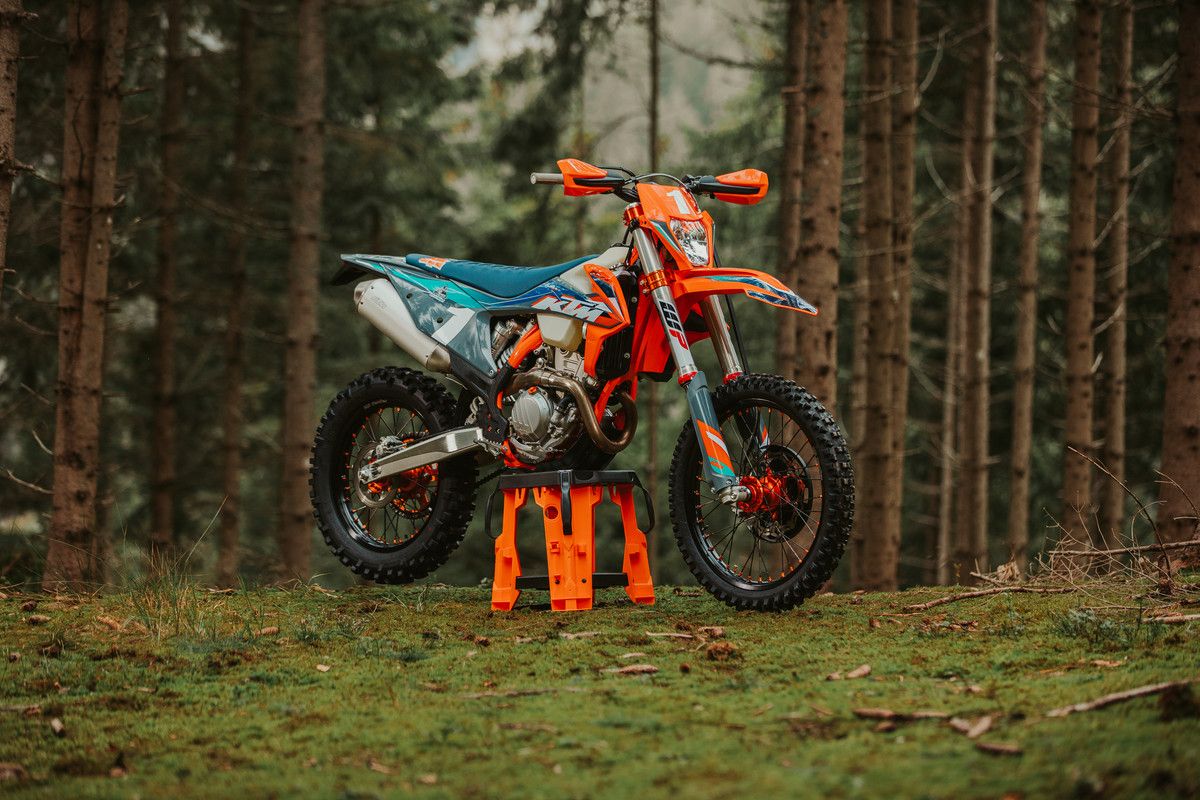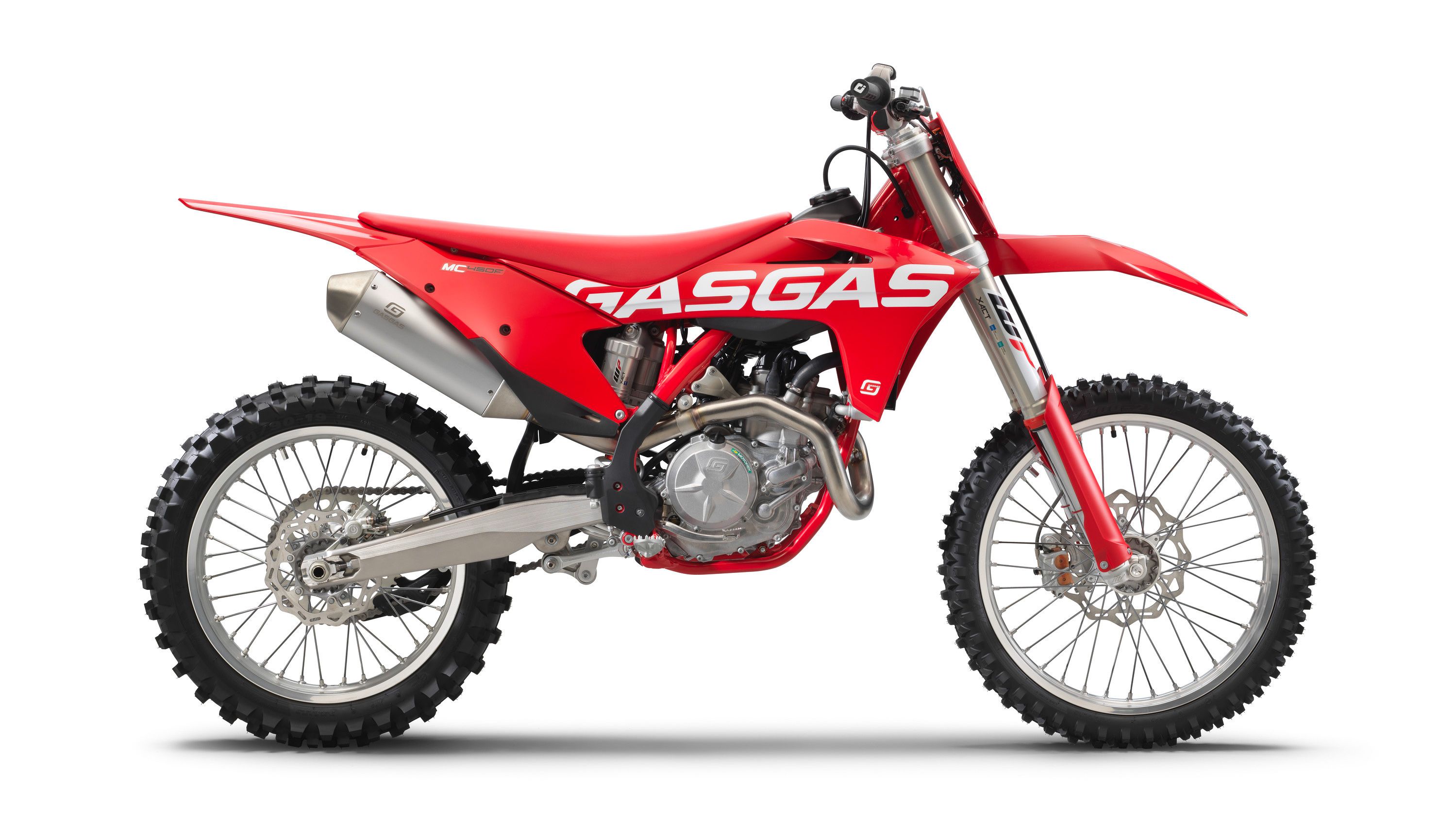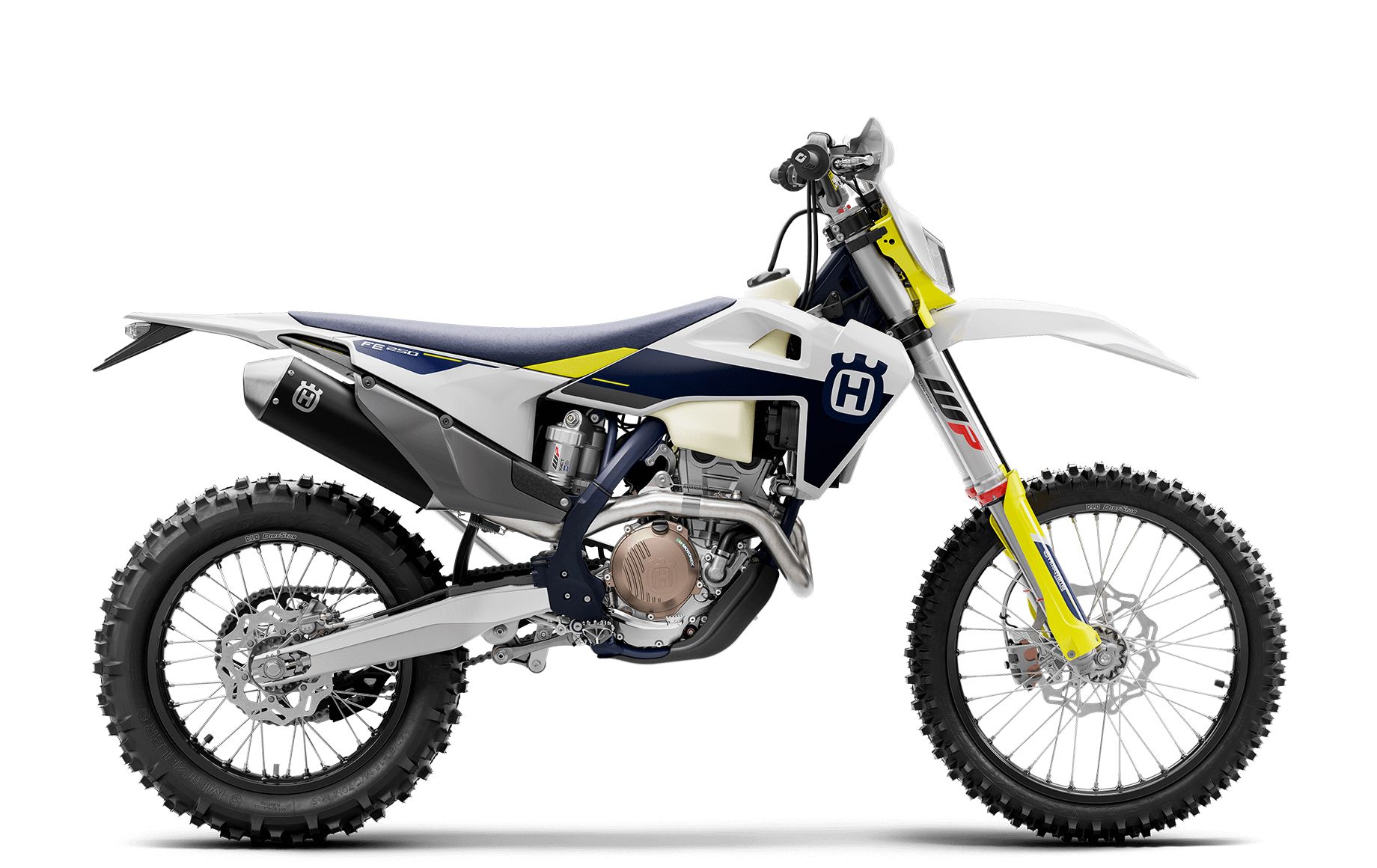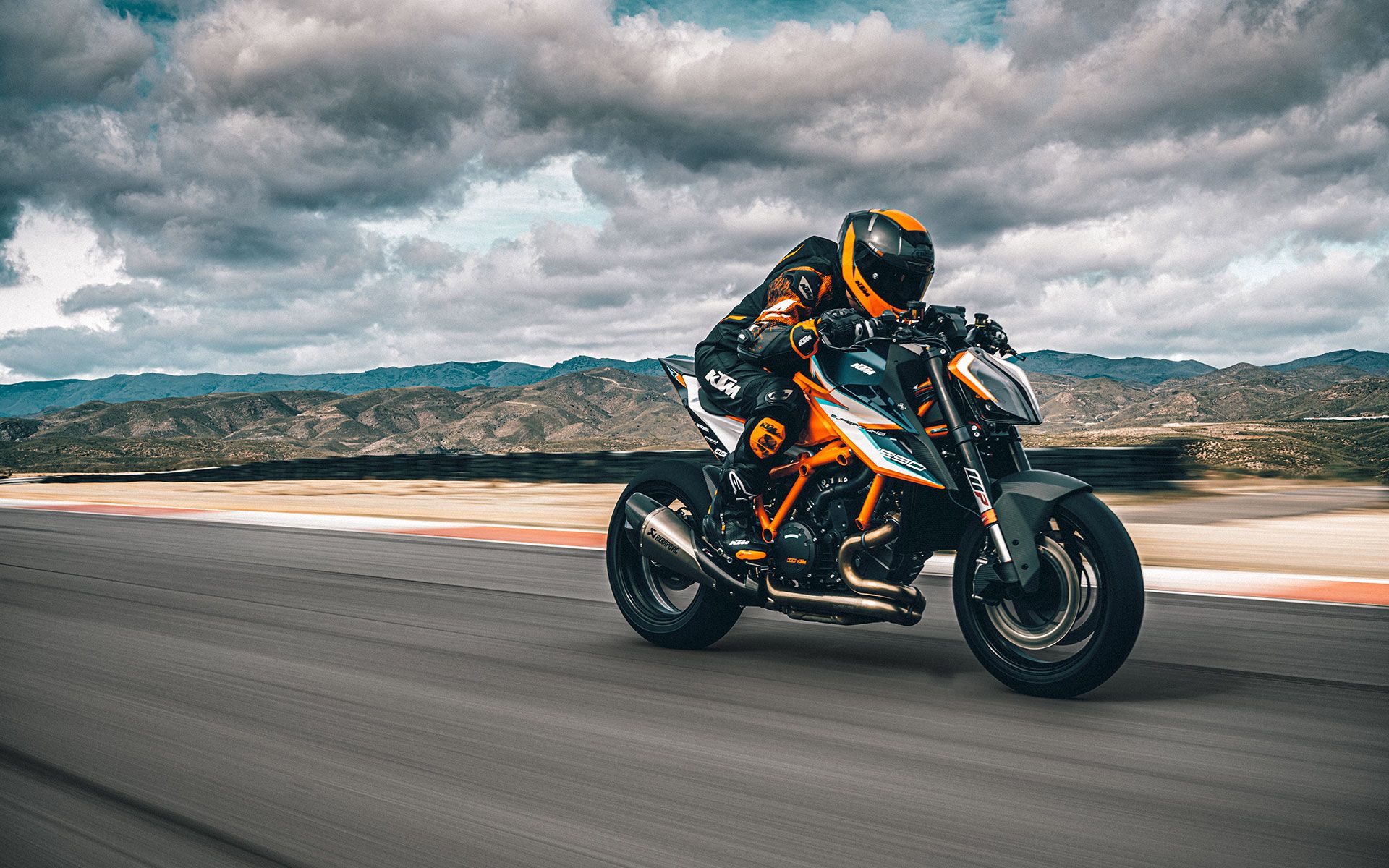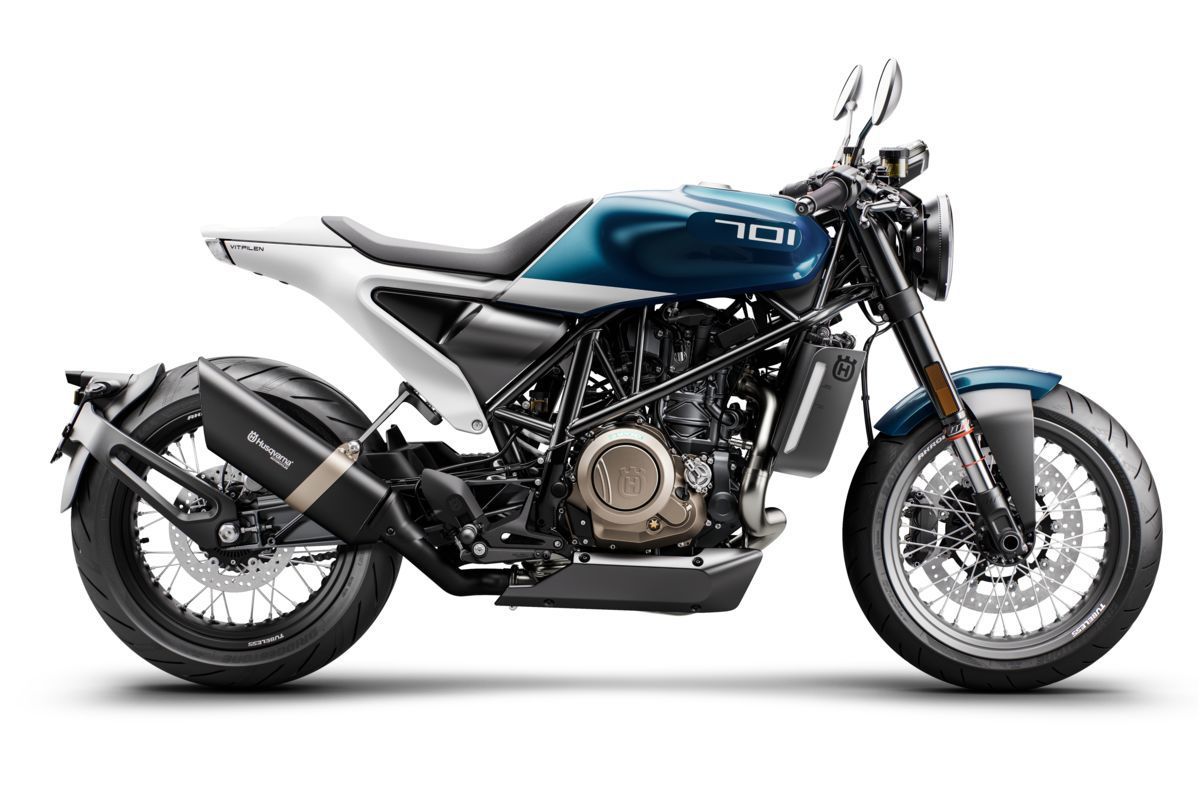With KTM owning both Husqvarna and GasGas, it makes sense that there are components shared across all three but the recently-launched 2023 ranges seem to be simple badge-engineering jobs, so where is the logic?
KTM Has All Bases Covered With Its own off-road range, So Where Do GasGas and Husqvarna Fit In?
At first glance, KTM's purchase of Husqvarna and GasGas, both of whom play in the same ball park as the parent's own products, might seem like a way of eliminating the competition. However, KTM has worked hard to let both brands keep their own identity and allowed them to continue as they were, by and large.
The logic in such an approach might not be immediately obvious. Yes, there might be some riders who will never, for whatever reason, touch the orange Austrian brand and so would be more likely to go for one of the opposition but surely those people are in the minority and certainly not anything for KTM to pin its marketing strategy on.
Of course, it's nothing new for a company to own two or more brands that produce largely the same product. In the car world there is - or was - British Leyland, which included at various points in time Morris, Austin, Wolseley, Riley, Triumph and Jaguar. In the U.S. General Motors had Cadillac, Chevrolet, Buick, Pontiac and Oldsmobile. In motorcycling, the Piaggio group owns Vespa, Derbi, Gilera, Aprilia and Moto Guzzi.
In all those examples, there are certain brands which all seem to be manufacturing the same models, just with different badges. So, what's the point?
Well, It was General Motors who first saw the need to produce models that would appeal to every level of the buying public, covering all price points and that is an approach that has been adopted by every multi-brand company ever since.
So, KTM's - or more accurately, Pierer Mobility, the umbrella company's - strategy is to aim each of the three brands at different segments of the same market, covering all the bases in-house.
KTM is obviously the main brand and has the benefit of getting all the new parts and developments first. Husqvarna is positioned above KTM as the premium brand while GasGas is being positioned as the entry-level brand. The fact that they all share basic engines and chassis is neither here nor there.
Now that all three brands have a road bike presence, further delineations can be seen. KTM's road bikes are all modern angularity. Husqvarna's design take is also ultra modern but with a distinct retro flavour and GasGas' recent entry into the road bike world is very much off-road bikes with lights and licence plate.
However, to return to the off-road models from all three, what are the differences?
Well, the first and most obvious is the price. Husqvarna models are priced up to a couple of hundred dollars more than equivalent KTMs while GasGas are a few hundred dollars less than KTMs, all prices justified by equipment and component quality.
Engines are pretty similar no matter which brand you choose, with detail differences to items such as exhaust pipes and so on. Frames are all the same but subframes change - the Husqvarna, for example, has a carbon fibre subframe which not only reduces weight but also affects weight distribution.
GasGas has 'cheaper' components than the other two. For example, the triple clamps on the GasGas are forged, not machined like on the KTM and Husky, and GasGas gets lower-priced Maxxis tyres as standard compared to the Dunlops on the other two.
Husqvarna gets Magura hydraulic clutch and brake systems and runs Magura calipers, while KTM and GasGas get Brembo (hardly a come-down!). It's all in the detail: Renthal or Neken handlebars? WP suspension for all, yes, but all with different internals for different characteristics.
And then we come to the model ranges! KTM has a total of 13 models, two- and four-stroke, ranging from 150cc to 500cc. Husqvarna is next with seven models, also two- and four-stroke, ranging from 150cc to 500cc, while GasGas has a four bike range from 250 to 450, two two-strokes and two four-strokes.
If there's nothing there for you, then maybe you should re-think your off-road riding plans and stick to the blacktop.
So, there in a nutshell is Pierer Mobility's strategy: cover all bases and make sure there is the right bike for the right price no matter how full the customer's wallet is. And it's a strategy that seems to be working although it might take a year or two of 'normal' trading conditions, i.e. non covid-affected, for everything to shake out. KTM will always be the big seller and not simply because of its larger range, and GasGas will sit at the bottom because that's where it has been told it must sit. Husqvarna will build its reputation as the expert's choice, with a price tag to match.

